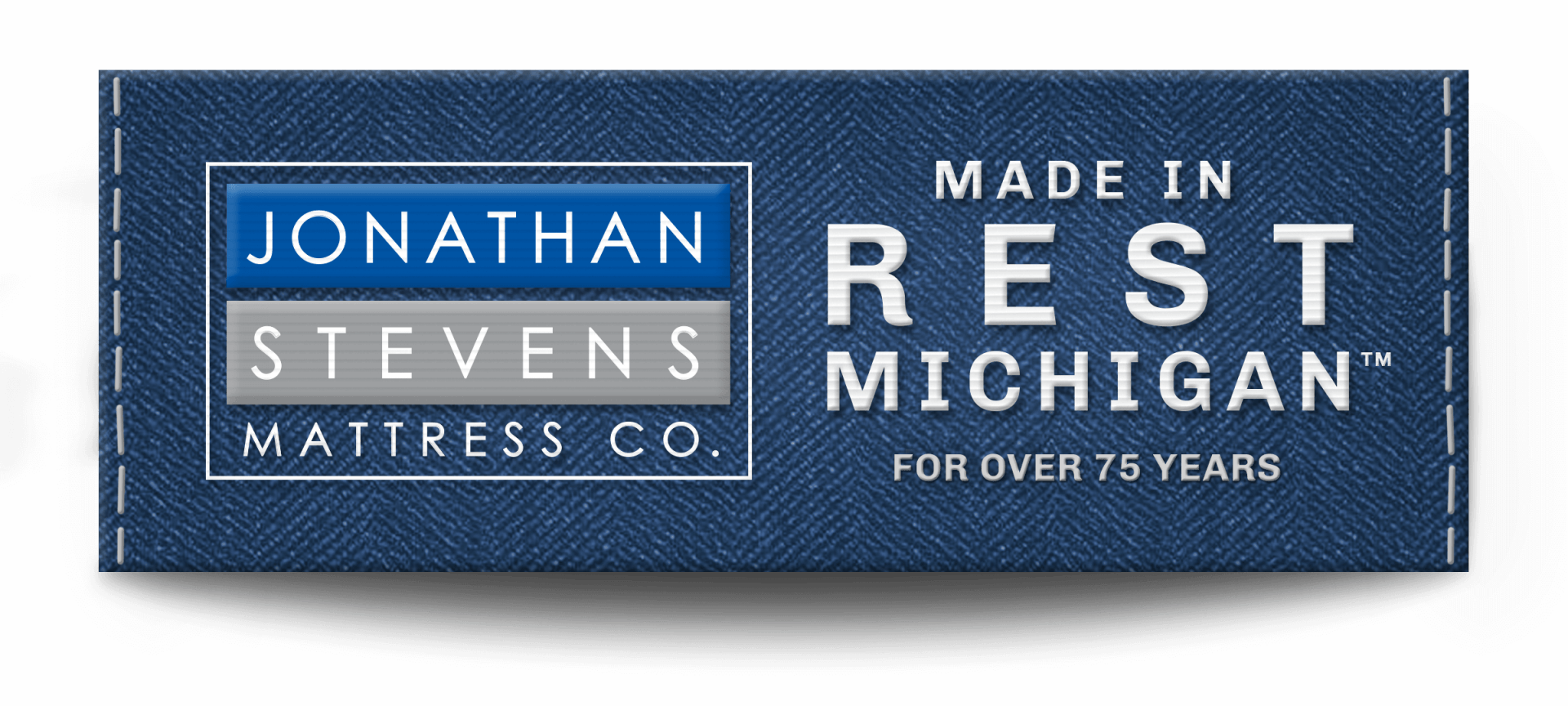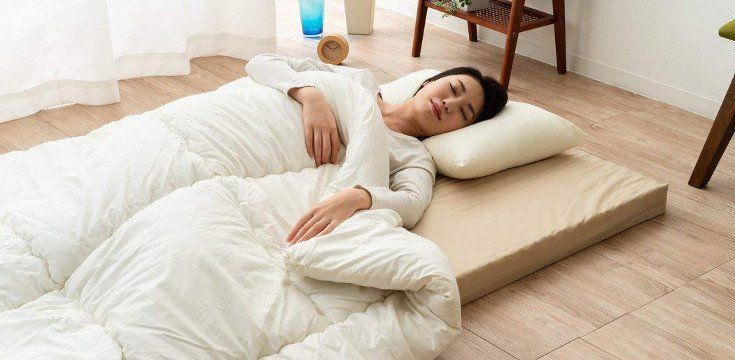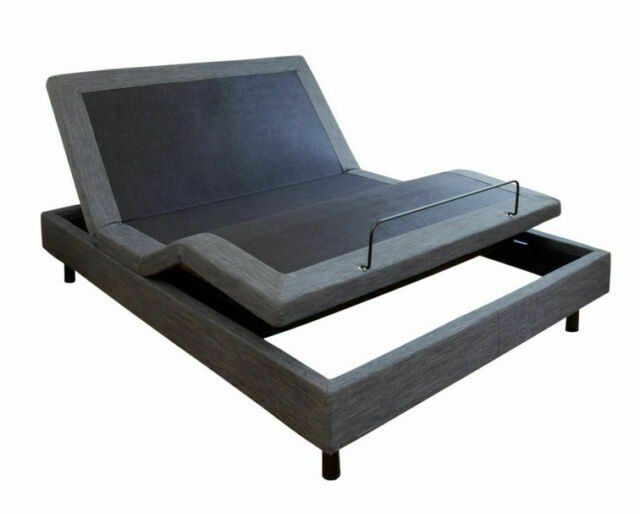Do You Need a Boxspring?
A Mattress needs a foundation
No matter what type of mattress you have, it will need to be on a foundation. Your mattress will benefit from it. However, it is also what you prefer. You may not want the extra springiness it provides, but your mattress might need it for extra support. There will have to be a compromise in the middle. Do not worry, it's not as bad as it sounds.
In this article we'll explain the following:
- A boxspring and a foundation
- Are they obsolete?
- What does the warranty say?
- The benefits of a boxspring
- Alternatives to a boxspring
So, do you need a boxspring? Let's find out!
A boxspring and foundation
Mattresses over a century ago were lumpy and uneven. As a result, they were uncomfortable and required constant replacement. The boxspring fixed that problem when first introduced in the late 19th century. The surface area of the boxspring evened out the lumps. The springs also gave some much needed respite to the coils of the mattress. Since then, they provided stability and comfort. They also increased the lifespan of the mattress, negating the need to replace it all the time.
Boxsprings are wooden frames with springs inside them. Its purpose is to support the mattress throughout it's life without sacrificing comfort. As you just read, spring mattresses back then needed extra support from everyday use. The springs in the boxspring gave that extra support it needed while also allowing a little "give" as well.
So, what's the difference between a boxspring and a normal foundation? Well, a boxspring has springs in them and are normally made out of wood. A foundation could be anything, really. A foundation could be as complex as an adjustable base or as simple as your floor.
Are they obsolete?
The traditional boxspring can still complement most mattress types out there. The shock absorbed by boxsprings has benefited spring mattresses since the beginning. They are also known to prevent "bed sagging" because of its even surface area. Its ability to distribute weight has also benefited foam mattresses, too. These types of mattresses will begin to sag in time. A boxspring will prevent this negative effect by years.
An average mattress will last 7-10 years depending on use. Assuming you've taken great care of your mattress since it's purchase. If your mattress hasn't reached that point yet, then consider the boxspring. One of our articles (#7) explains that a boxspring could be the cause of an uncomfortable bed. Be sure to check it before replacing your mattress! It might save you time and money.
What does the warranty say?
All mattresses need a foundation to rest on. Why? Because a foundation gives stability. This in turn ensures the longevity of the mattress you bought. No foundation means the warranty will be void and a mattress without safeguards.
Your mattress might not need a boxspring anyway, according to some warranties. If it does, it needs to be a matching boxspring with an appropriate metal frame underneath. Some warranties will allow you the option to place your mattress on a foundation of your choice. In either case, always remember to read your warranty.
The benefits of a boxspring
Boxsprings still provide many benefits to a mattress. A boxspring might also mean the difference between a good night's rest or an unpleasant one. One example could be found here.
Shock absorbent
The boxspring is able to absorb shock and impact from the mattress. Without the boxspring, some mattresses will wear out and become uneven. Compared to a mattress laying on the floor, the movement a person makes is absorbed by the boxspring. Thereby increasing its durability and your satisfaction.
Increased height
The boxspring is usually the same thickness as most mattresses. This offers double the height and makes it easier for a person to get in and out of the bed. It will also keep your mattress away from the floor, making it easier to clean as well.
Increased ventilation
A boxspring will increase the airflow between your mattress and the ground. This will help keep your mattress smelling fresh too. More airflow will also keep dust mites away, since they thrive in warmer environments. For example, if you have your mattress on the floor, it will not get the air it needs nor will it be cooler to sleep on. Remember, a mattress traps heat, so unless you want to sleep on a warm mattress, get the airflow your mattress needs!
Alternatives to a boxspring
If a boxspring is not something you need, meaning the warranty doesn't need it, then there are alternative foundations that you can use. The most basic would be to place the mattress on the floor. Most of the time, however, mattresses can be put on a frame with wooden slats or a platform bed. If you have a mattress that is flexible, then an adjustable bed could also be another option. We'll discuss all these options below.
The floor
The most common alternative would be to place your mattress on the floor. Although there is nothing wrong with this option, there can be some negative effects. This includes inadequate air ventilation and exposure to dirt and mites. Before placing your mattress on the floor, consult your warranty first. If you're considering placing your mattress on the floor, then read these 5 Pro's and Con's by Sleep Advisor.
Wooden slats
It's exactly as its name suggests. You can place them onto your bedframe for your mattress to lay on. Some mattresses can actually sit on wooden slats without any change to your comfort. Wooden slats can also be used on platform beds, too. They provide an even, but firm surface area. Unlike platform beds, the slats are spaced apart which provide adequate ventilation for your mattress to "breathe". On the plus side, they are easy to repair or replace and are inexpensive.
Platform bed
If the warranty allows, you can place most mattresses on this foundation. They are lower in height than the average mattress base, though. If you have any joint or back pain, especially your knees and lower back, then getting in and out of bed will be challenging and painful. Platform beds, although made out of wood, are not slatted and don't offer adequate ventilation. Their flat surface area will provide a better foundation than wood slats, however.
Adjustable bed
If your mattress is one of those types that can lay on an adjustable frame, then by all means go for it! Keep in mind though, only certain types are for an adjustable bed frame. These include encased coil mattresses, gel/memory foam, air, and some hybrid mattresses.
Encased coil have coils that move independently from each other, and so can bend more easily than a standard spring mattress. Gel/memory foam is made out of visco-elastic material, and so is already flexible and can bend easily. Air mattresses can be adjusted to accommodate some adjustments. Keep in mind, though, that an air mattress with multiple air chambers will be easier to adjust. Certain hybrid mattress can also be used. Hybrids that use encased coil (which we've discussed) and latex/polyfoam (natural flexibility) are good to be used on an adjustable base.
What have you decided?
Do you need a boxspring? It is up to you. Your mattress will need a foundation one way or another. A boxspring, although over a century old, still provides benefits to you as a sleeper. If you're looking for a new mattress, have you considered a foundation as well? Make sure you do! Today, a typical mattress might not need one, but it's always a good idea to consult your warranty. Your warranty will save your mattress and provide protection for your sleep investment.
All Rights Reserved | Jonathan Stevens Mattress Co.






